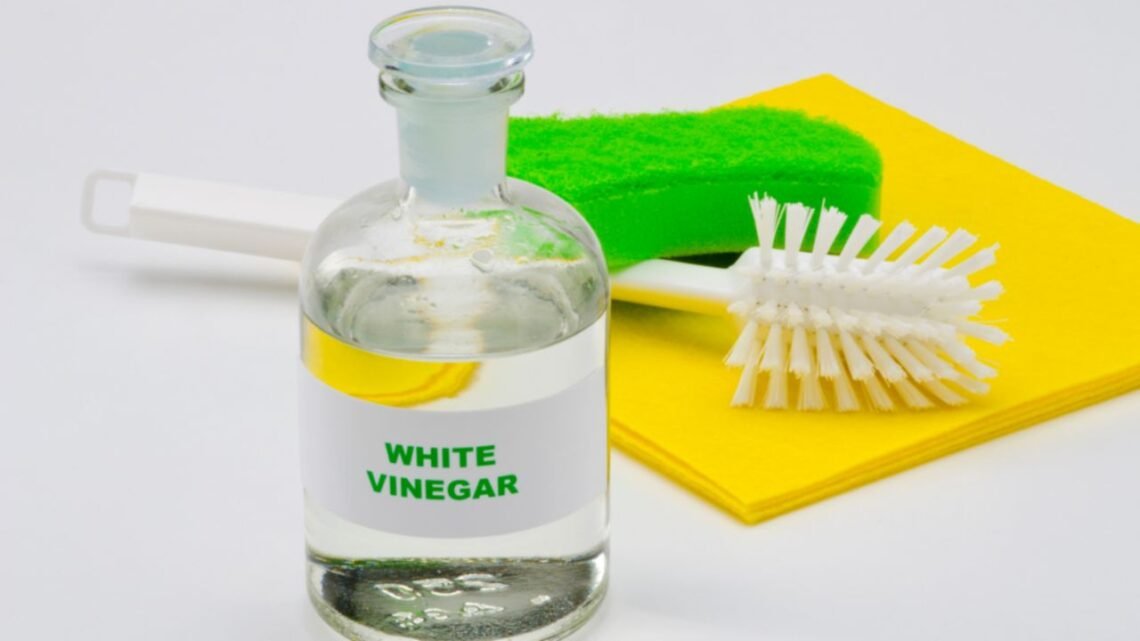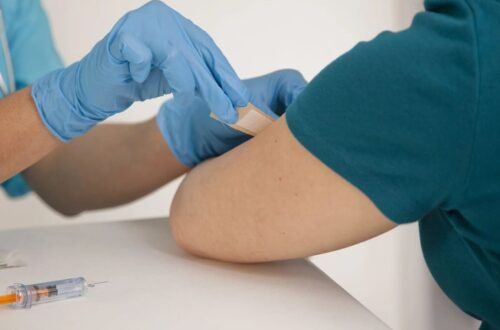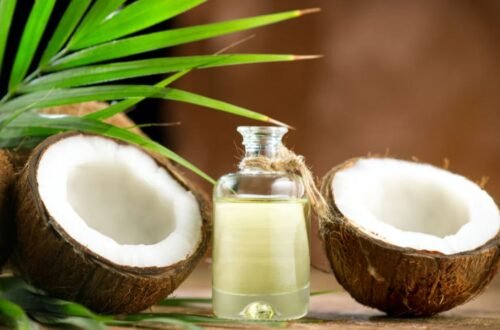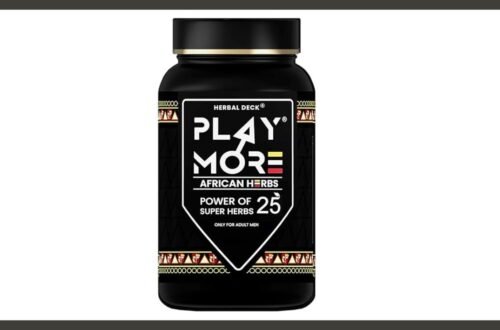Mold is an unwanted guest in many homes—unsightly, potentially dangerous, and notoriously stubborn. Whether it appears in your bathroom, on the walls, or in your kitchen corners, it’s crucial to act quickly before it spreads. If you’ve found yourself wondering, “Does vinegar kill mold?” or more specifically, “Does white vinegar kill mold?”, the short answer is yes, but there’s more to it than that.
In this article, we explore how vinegar works against mold, compare it with bleach, discuss the best methods to use vinegar safely, and discuss when you should consider alternatives. With health and home safety in mind, let’s dig into the science and strategies behind using vinegar as a mold killer.
Why Vinegar Is a Popular Mold Remedy
One of the most recommended natural insults people use in getting rid of mold is Vinegar and especially the white distilled vinegar. It is not toxic, cheap and so freely found in almost every household. Vinegar works by killing mold because of the acetic acid levels contained within, typically between 5 and 8 percent in vinegar found in homes, which can be up to 20 percent in industrial versions.
Acetic acid adjusts the PH value of surfaces and provides a condition in which mold cannot survive. Vinegar does not simply clean the surface; it finds its way into the pores, also touching the root of the mold, which is the crucial part of mold prevention.
When to Use Vinegar for Mold Removal
1. On Porous Surfaces
Porous materials such as carpets, drywall, wood or upholstery molds are best solved using vinegar. Vinegar can penetrate the pores and get to the mold that lies out of sight, unlike bleach. According to research, vinegar kills approximately 82 percent of mold species, and hence, it is one of the most dependable non-toxic solutions that can be used by homeowners.
2. On Heavily Affected Areas
The vinegar is also an effective remedy in a situation where the growth of the mold is dense. According to the environmental protection agency (EPA) of the United States, vinegar can be used as a household mold killer option. It is applicable on walls, ceilings, bathroom tiles, and other surfaces upon which mild acids do not produce damage.
3. To Step on Mold at its Source
Improper removal is one of the key factors that predisposes an environment to the recurrence of mold. Although surface mold can go away, roots still remain. The penetration power of Vinegar enables the liquid to go down to the roots of mold, where they can be destroyed easily and thus the chances of them coming back are lower.
How to Use White Vinegar to Kill Mold
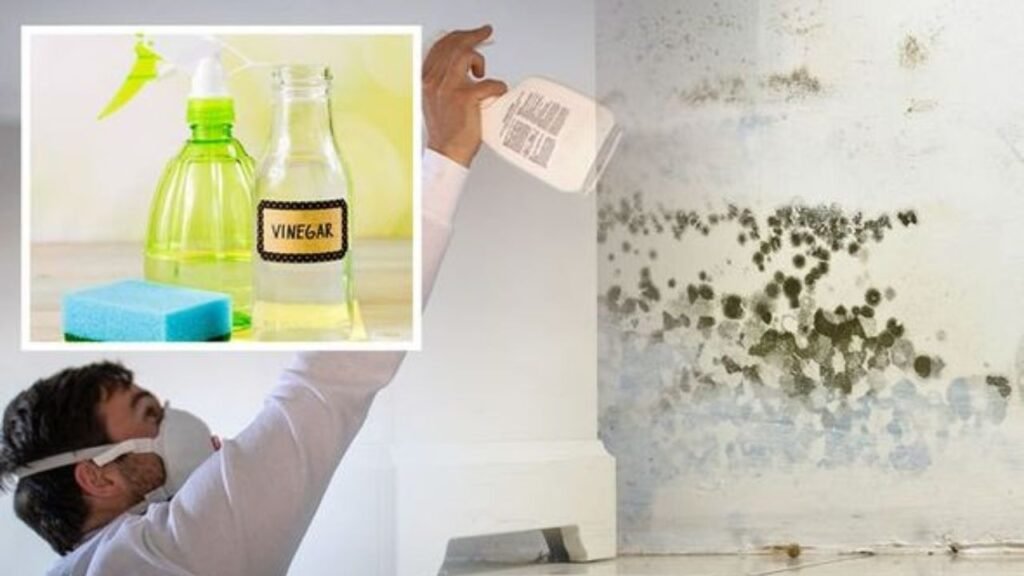
To ensure effective mold removal using vinegar, follow these safe and proven steps:
- Wear protection: Use gloves and goggles to prevent irritation. Vinegar can sting if it touches the skin or eyes.
- Use undiluted white vinegar: Don’t water it down. Pour it directly into a spray bottle for easy application.
- Spray the affected area generously: Cover the mold thoroughly and let the vinegar sit for at least an hour.
- Wipe and rinse: After the waiting time, use a cloth soaked in warm water to wipe the area clean.
- Dry the surface: Mold thrives in moisture, so dry the area completely.
- Repeat if needed: Reapply every few days until the mold is completely gone.
Do not mix vinegar with bleach or hydrogen peroxide. This can create dangerous fumes that are harmful when inhaled.
Bleach vs. Vinegar: Which is Better for Mold?
While bleach is often seen as a stronger cleaning chemical, it’s not always the best choice for mold removal—especially depending on the surface and the mold depth. The table below offers a comparison to help you choose the right product for your specific situation.
Comparison: Vinegar vs. Bleach for Mold Removal
| Feature | White Vinegar | Bleach |
| Toxicity | Non-toxic, safe for most surfaces | Can be toxic; strong fumes |
| EPA Approved for Mold | ✅ Yes | ❌ No |
| Surface Suitability | Porous (wood, drywall, fabric) and non-porous surfaces | Only non-porous (glass, tile, bathtubs) |
| Penetrates Mold Roots | ✅ Yes | ❌ No |
| Effectiveness | Kills ~82% of mold species | Kills surface mold but not roots |
| Preparation Needed | No dilution required | Must be diluted (1 cup per 1 gallon water) |
| Cost | Cheap and easily available | Inexpensive but requires caution |
| Health Risk | Minimal (can cause skin irritation) | High (respiratory and skin issues) |
| Repeat Use | Safe for repeated use | Not safe for frequent use |
When to Use Bleach Instead
Bleach does have a role in mold removal, especially in situations like:
- Mold on non-porous surfaces like bathtubs, sinks, or bathroom tiles.
- Disinfection of smaller mold-affected areas where penetration isn’t needed.
- Temporary cleanups in well-ventilated areas.
Bleach Mold Removal Tips
- Always wear gloves and goggles.
- Keep windows open and ensure good ventilation.
- Mix 1 cup of bleach with 1 gallon of water (ratio 1:10).
- Apply using a sponge or spray bottle, let it sit, and then wipe clean.
- Never mix bleach with ammonia or vinegar, as it can produce toxic gases.
⚠️ Note: Bleach doesn’t kill mold roots in porous surfaces, meaning the mold is likely to return. That’s why many professionals recommend vinegar instead of bleach for long-term effectiveness.
Final Verdict
In fact, yes, vinegar kills mold and in fact, white vinegar is one of the most naturally effective solutions to mold cleanup. It destroys mold on the surface and leaves porous materials to destroy mold at their roots, decreasing the possibility of their reoccurrence. Bleach can be strong but saving it is only best on small jobs and on hard surfaces.
White vinegar is a trusted effective and safe source to clean mold at an affordable price. It is particularly excellent in houses with pets, kids, or those that have respiratory allergies
